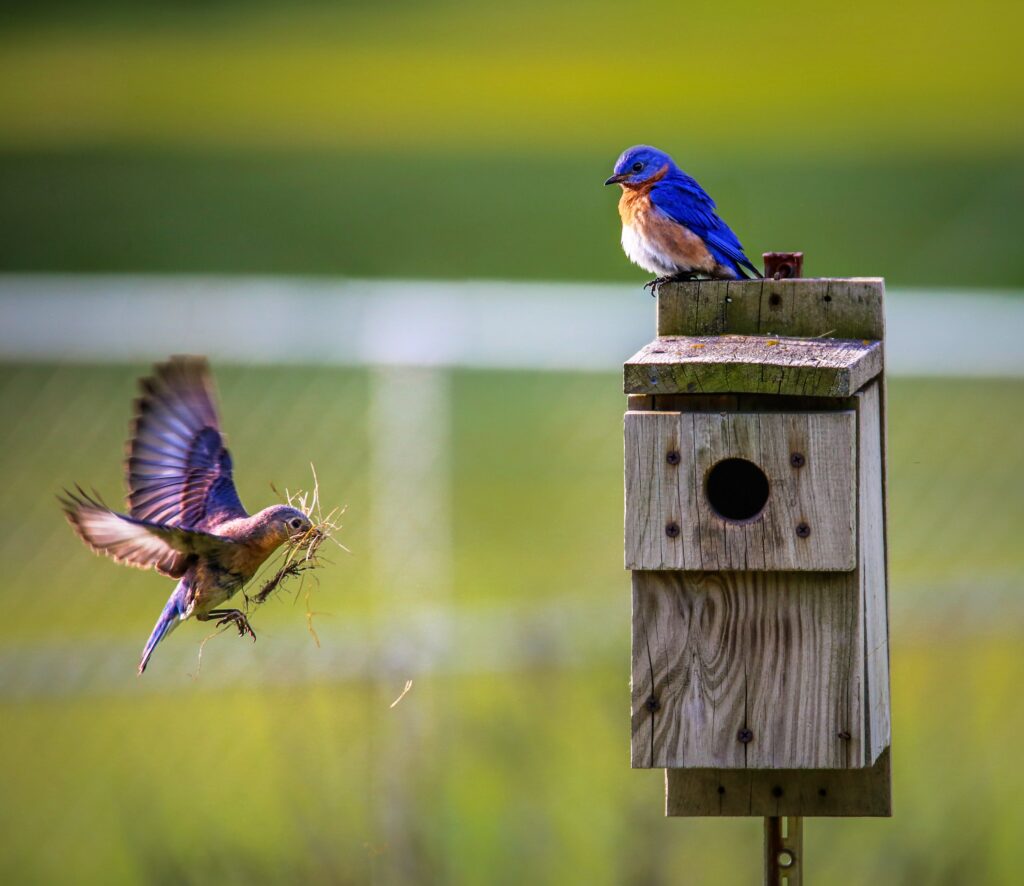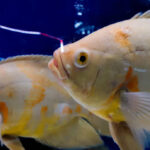Birds are fascinating creatures with intelligence and the capacity to learn, and the bond between humans and these feathered friends can be incredibly enriching. If you’ve ever wondered how to become an exceptional bird teacher, surpassing others in your avian education endeavours, you’re in the right place. In this guide, we will explore the art of teaching birds, uncovering techniques and insights that will help you connect with your avian companions on a whole new level.
Understanding Avian Intelligence

Before diving into teaching strategies, it’s essential to grasp the unique intelligence of birds. Many species exhibit remarkable cognitive abilities, problem-solving skills, and a keen sense of observation. Recognizing and respecting their intelligence is the first step towards effective teaching.
Research your bird’s species.
Different bird species have varying levels of intelligence and learn in different ways. Conduct thorough research on your bird’s species to understand their natural behaviours, preferences, and cognitive capabilities. This knowledge will serve as the foundation for tailoring your teaching methods to suit your feathered friend’s specific needs.
Establishing trust and bond

Trust is paramount when it comes to teaching birds. Establishing a strong bond with your bird creates an environment of security, making them more receptive to learning. Spend quality time with your bird, engage in positive interactions, and gradually build trust through patience and consistency.
Creating an enriching environment
An enriching environment is essential for stimulating a bird’s mind and encouraging learning. Consider the following factors to enhance your bird’s surroundings:
Provide mental stimulation.
Introduce a variety of toys, puzzles, and activities that engage your bird’s mind. Rotate these regularly to prevent boredom and encourage continuous learning. Puzzle feeders, for example, not only provide mental stimulation but also make mealtime an interactive experience.
Mimic Natural Environments
Birds thrive in environments that mimic their natural habitats. Incorporate branches, perches, and diverse textures to create a dynamic living space. This not only supports physical health but also encourages exploration and mental stimulation.
Positive reinforcement techniques
Positive reinforcement is a powerful tool in avian education. Birds respond well to encouragement, praise, and rewards, making the learning process enjoyable for both you and your feathered student.
Use treats wisely.

Identify your bird’s favourite treats and use them strategically during training sessions. Whether it’s a tasty fruit slice or a special seed, positive reinforcement through treats reinforces good behaviour and creates a positive association with learning.
Praise and affection
Verbal praise and affectionate gestures are equally important forms of positive reinforcement. Birds are social creatures that thrive on interaction and approval. Celebrate their accomplishments with a cheerful tone, encouraging words, and gentle petting.
Target training techniques
Target training is a popular and effective method for teaching birds a variety of behaviours. It involves getting your bird to touch a specified target, often a stick or your hand, and can be the foundation for more advanced tricks and commands.
Introduce the target
Begin by introducing the target to your bird, allowing them to investigate it at their own pace. Use positive reinforcement when they show interest in or make contact with the target.
Gradual Shaping
Shape the behaviour gradually by rewarding small steps towards the desired action. If you’re teaching a bird to follow the target, reward them for moving in the right direction. Gradually increase the criteria until the behaviour is fully achieved.
Harnessing clicker training
Clicker training is a popular and precise method of reinforcing desired behaviours. The clicker serves as a signal for your bird that a reward is coming, providing clear communication during training.
Conditioning the Clicker
Associate the sound of the clicker with a reward by clicking and immediately offering a treat. Consistency is key to ensuring your bird understands the connection between the click and positive reinforcement.
Targeting specific behaviors

Clicker training allows you to target specific behaviours with precision. Whether it’s teaching a bird to step onto your hand, perform a trick, or stay in place, the clicker provides immediate feedback, reinforcing the behaviour you want to encourage.
Patience and consistency
Perhaps the most crucial elements in teaching birds are patience and consistency. Birds, like any learner, require time to understand and execute commands. Consistent repetition of training sessions and clear communication will build a solid foundation for learning.
Set realistic expectations.
Understand that every bird is unique, and the pace of.





























































good job